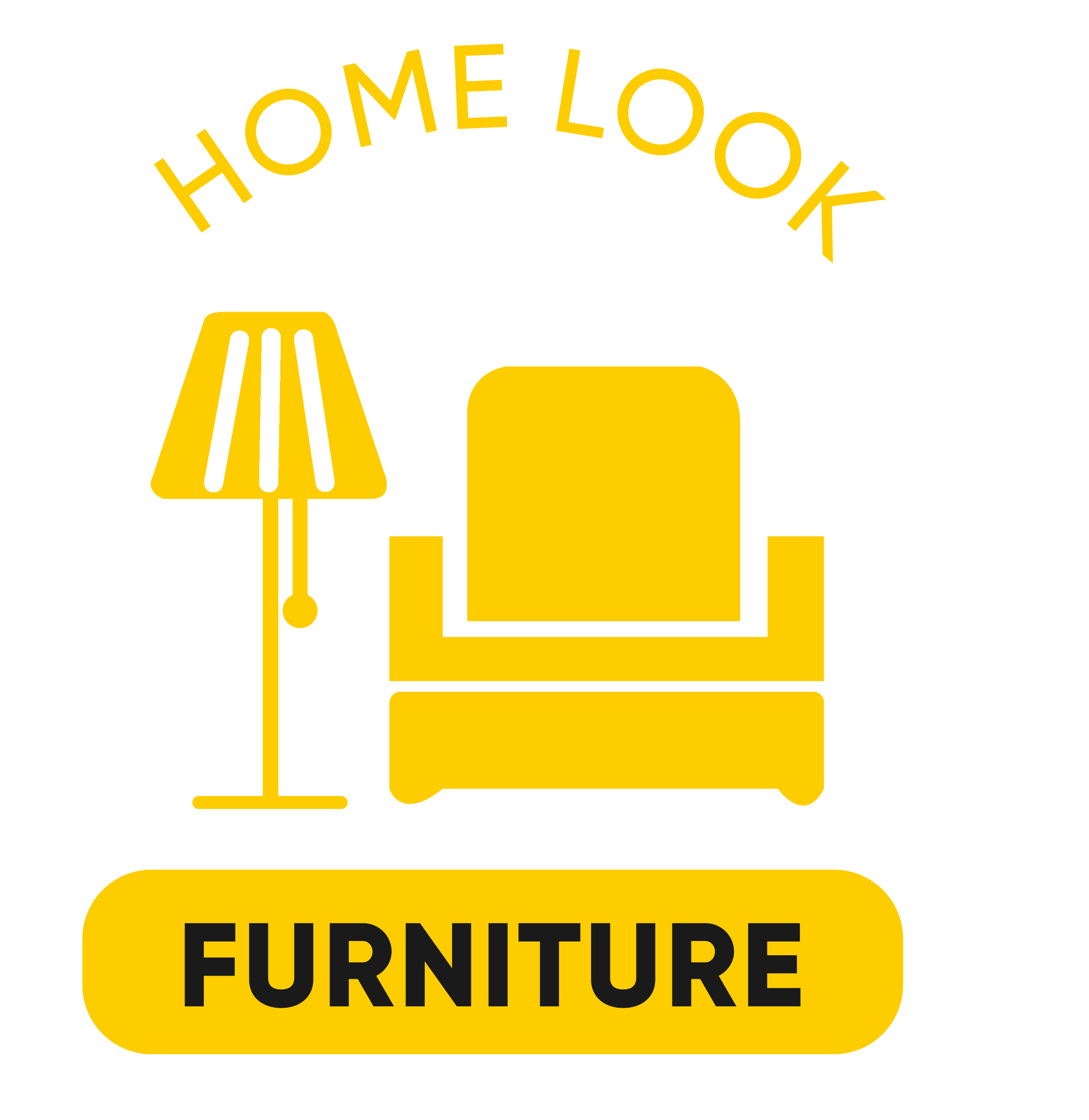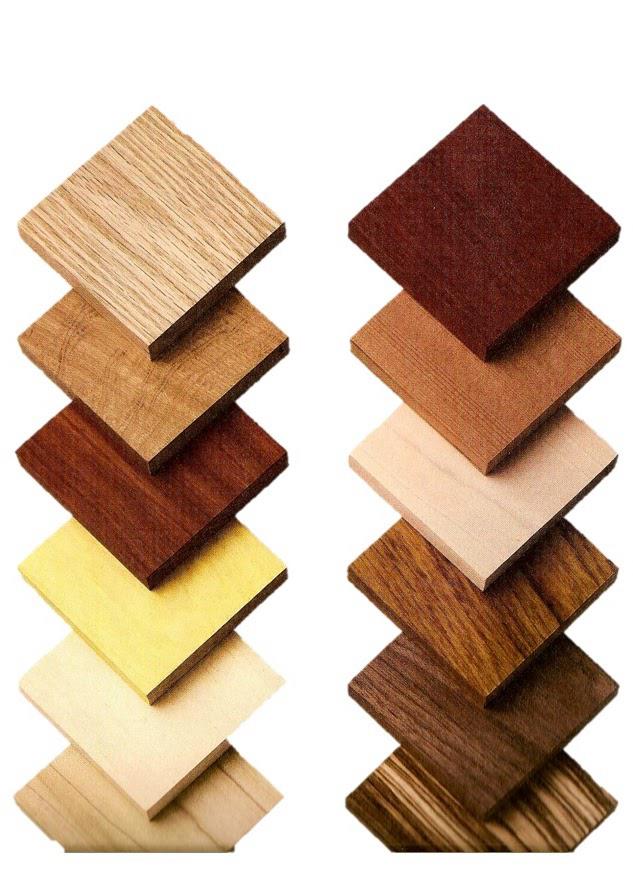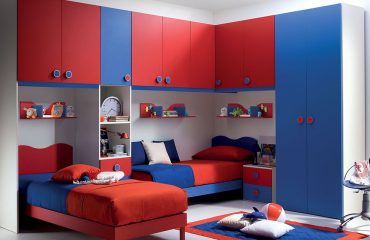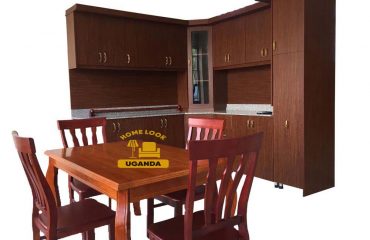Hi, looking for the perfect furniture for your house? Hold on, first explore the boards available in the market as it would help you in defining the right material with which your furniture should be made up of.
This blog will help you in selecting the best material for your furniture according to the usage purpose, as material plays a very important role in the durability of the product.
Before thinking about buying furniture/ developing new furniture at your home, the important aspect on which you should focus first is to think about the functionality you need in that product. According to which you would be able to know how strong the product should be and what are the specifications the material should have. This would help you in getting the best board for your furniture.
Now is the time to explore the types of boards that are used in the making of different furniture, their usage, size, thickness, and what are their advantages and disadvantages. This would help you in buying the best quality furniture products and also if you are thinking to hire someone to design for you, you should be aware of which is the best material for your furniture and you can guide them.
Types of boards available in the market:
I. Plyboard
Considered as the best quality
Thickness: 6mm to 25mm
Usage/Application
Used for a wide range of:
-
structural,
-
interior and exterior applications
For example: used in construction, in making indoor furniture, ceiling, etc.
Size: 8′ x 4′
Advantages:
Disadvantages:
II. Blockboard
Thickness: 12mm to 50mm
Usage/Application
Used to make
-
doors,
-
tables,
-
shelves,
-
paneling
-
partition walls
Size: 6’x4’, 7’x4’, 8′ x 4′
Advantages:
Disadvantages:
III. MDF board
Thickness: 9mm to 25mm
Usage/Application
Used to make
-
furniture,
-
cabinetry,
-
flooring
-
speaker boxes
Should not be used for exteriors.
Size: Vary with thickness
Advantages:
Disadvantages:
IV. HDF board
Thickness: 18mm
Usage/Application
Used in
-
construction,
-
flooring,
-
furniture,
-
home appliances,
-
automobiles
-
cabinetry
Should not be used for exteriors.
Size: 8 x 6, 8 x 4, 8 x 3, 6 x 4 Feet
Advantages:
Disadvantages:
V. Particle Board
Thickness: 9mm, 11mm, 12mm, 17mm, 18mm, & 25mm
Usage/Application
Used in
-
Flooring
-
False ceiling
-
Wall paneling
-
As core material indoors
-
Furniture: kitchen cabinets, storage units, countertops, tabletops, wardrobes, and dressing units
Size: 9 x 6, 9 x 3, 8 x 6, 8 x 4, 8 x 3, 6 x 4, 6 x 3 (Feets)
Advantages:
Disadvantages:
VI. Bagasse Board
Similar to Particle Board
Thickness: 9mm, 17mm
Usage/Application
Can be used as a substitute for plywood. It is widely used for partition and in Furniture.
Size: 8’x4’
Advantages:
Disadvantages:
VII. Flush door board
Thickness: 20 mm and 32 mm
Usage/Application
Used mainly to create doors. Can also be used to create heavy and strong furniture like storage units, beds, etc.
Size: 9’x3’, 7×3 feet
Advantages:
Disadvantages:
The quality of the furniture totally depends on the type of wood used to make it. So choose your Board/Furniture wisely, by seeing all the specifications and the advantages and disadvantages of the board used.








If some one desires expert view concerning running a blog after
that i suggest him/her to visit this blog, Keep up the fastidious job.
Incredible! This blog looks just like my old one! It’s on a entirely
different topic but it has pretty much the same layout
and design. Superb choice of colors!